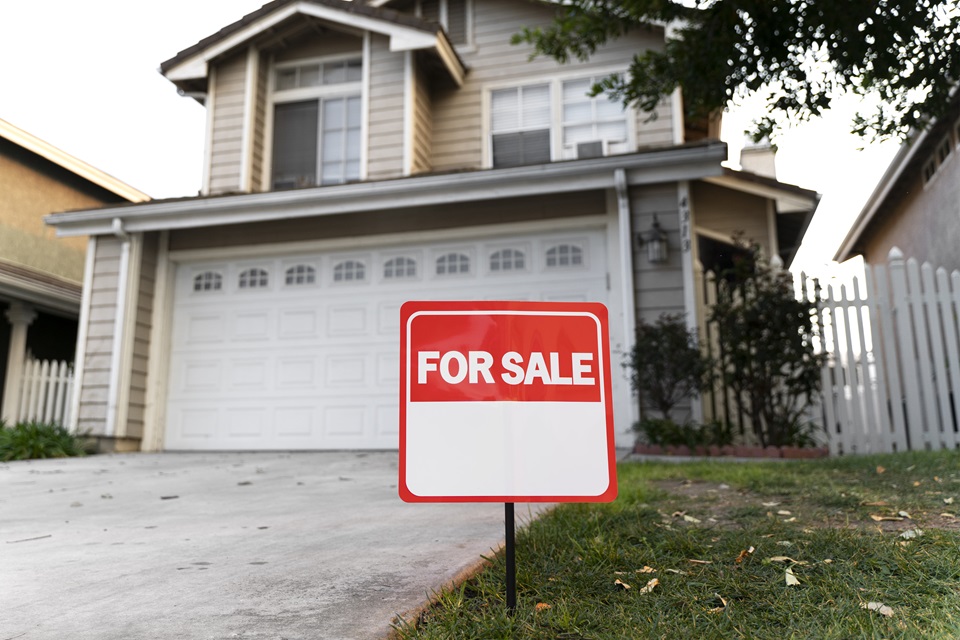The concept of retirement homes has gained significant traction, offering a blend of comfort, security, and community for aging individuals. However, beyond their intended purpose as residences for retirees, retirement homes have also emerged as an intriguing investment option for those seeking stable returns in the real estate market.
This article delves into the considerations surrounding Retirement Homes for Sale as a potential investment avenue.
Table of Contents
Understanding Retirement Homes
Retirement homes, also known as senior living communities or assisted living facilities, cater to the needs of older adults who require assistance with daily activities or seek a more supportive environment in their later years. These facilities typically offer various levels of care, ranging from independent living to skilled nursing, depending on the residents’ needs.
Factors Driving Investment Interest
1. Demographic Trends
One of the primary drivers behind the attractiveness of retirement homes as an investment option is the aging population. With the baby boomer generation reaching retirement age in large numbers, there is a growing demand for senior housing and care services.
This demographic shift has created a robust market for retirement homes, presenting opportunities for investors.
2. Stable Demand
Unlike other sectors of the real estate market, the demand for retirement homes tends to remain relatively stable regardless of economic conditions. The need for assisted living and long-term care services persists even during economic downturns, providing investors with a source of steady income.
3. Long-Term Revenue Potential
Investing in retirement homes can offer the allure of consistent, long-term revenue streams. Lease agreements or monthly fees from residents contribute to predictable cash flows, making it easier for investors to forecast returns and plan their investment strategies accordingly.
4. Diverse Investment Models
Investors interested in retirement homes have the flexibility to choose from various investment models. They can opt to purchase individual units within a retirement community, invest in real estate investment trusts (REITs) specializing in senior housing, or even develop their own retirement communities.
Considerations For Prospective Investors
1. Location & Market Demand
As with any real estate investment, the location plays a crucial role in determining the success of an investment in retirement homes. Investors should conduct thorough market research to identify areas with high demand for senior housing and favorable demographic trends.
2. Quality Of Facilities & Services
The quality of the retirement home facilities and the range of services offered are essential factors influencing both the attractiveness of the investment and the satisfaction of residents. Investors should assess the reputation and track record of the operator or management company running the retirement community.
3. Regulatory Environment
The regulatory landscape surrounding senior housing varies across regions and can significantly impact the operation and profitability of retirement homes. Investors should familiarize themselves with local regulations governing senior living facilities, including:
- Licensing requirements
- Zoning laws
- Healthcare regulations
4. Financial Considerations
Analyzing the financial aspects of investing in retirement homes is crucial. This includes evaluating the potential rental income or revenue streams, assessing operating expenses, and conducting thorough due diligence on the property’s financial performance and projections.
Potential Risks & Challenges
While retirement homes offer compelling investment opportunities, they are not without risks and challenges. Some of the key considerations include:
1. Operational Risks
Managing a retirement home involves various operational challenges, including staffing, maintenance, and compliance with healthcare regulations. Investors should be prepared to address these challenges effectively to ensure the long-term success of their investment.
2. Market Saturation
In some regions, the market for retirement homes may become saturated, leading to increased competition and downward pressure on occupancy rates and rental prices. Investors should carefully assess market dynamics and competition before committing to an investment.
3. Healthcare Costs & Liability
Investors in retirement homes may face liability risks associated with providing healthcare services to residents. Additionally, rising healthcare costs could impact the financial viability of retirement communities, particularly those offering higher levels of care.
4. Changing Consumer Preferences
Consumer preferences and expectations regarding senior housing and care services may evolve over time, influencing the demand for retirement homes. Investors should stay attuned to changing market trends and adapt their investment strategies accordingly.
Invest In Retirement Homes
Investing in retirement homes presents a compelling opportunity for those seeking stable returns in the real estate market, fueled by demographic trends and the growing demand for senior housing and care services.
However, prospective investors must conduct thorough due diligence, consider the unique challenges associated with the sector, and carefully evaluate the financial and operational aspects of potential investments.
With careful planning and strategic decision-making, retirement homes can indeed offer a promising avenue for long-term investment growth and income generation.



